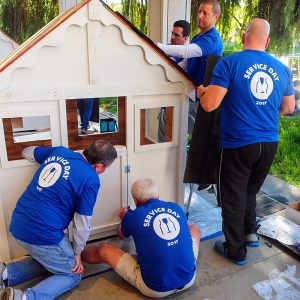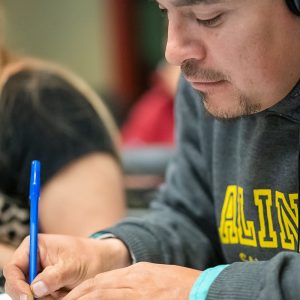RCLD Outreach Training
Section 3: Start action
Finding resources
Mentor discussion: Rural community capitals
The Community Capitals Framework
One way to think about finding resources is to use The Community Capitals Framework to think about different types of assets that exist in the community and what you might need. The types of assets or capitals needed vary by the goals of the project.

| Capital Type | Description |
| Natural Capital | Environmental features such as rivers, green spaces, or the soil |
| Cultural Capital | Shared beliefs and activities that reinforce those beliefs such as beliefs in working together or community festivals |
| Human Capital | Skills, abilities, and knowledge of community members such as leadership, ability to access resources, or carpentry |
| Social Capital | Relationships between people and organization such as close ties that build community or weaker ones that create bridges |
| Political Capital | Ability to influence standards, rules, or regulations in the ways that government officials, church leaders, or longtime residents can |
| Financial Capital | Financial resources available to invest such as bank loans, grants, or donations |
| Built Capital | Physical infrastructure such as sewer systems, telecommunications, or sidewalks |

List to reach your goal
You can make a list of everything you think you will need to complete your community living goal and then begin talking with community members about the list. Think about each Capital and what might be needed to reach your goal. For example, what would you need to bring the Living Well in the Community health promotion program to an underserved rural community in your service area?
- Built Capital: accessible and convenient meeting space
- Social Capital: community member connection to local counseling services, local connections to reach under-served community members
- Human Capital: CIL staff who are interested in learning to facilitate and implement the program
